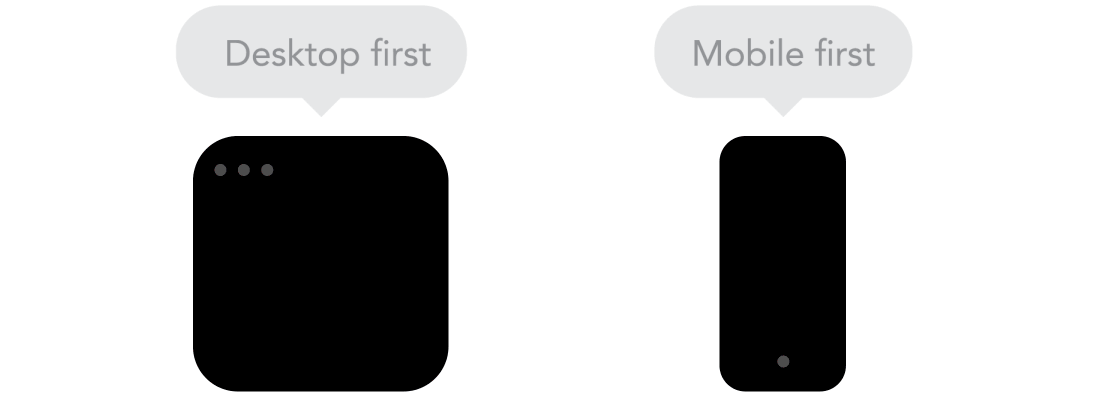Intensive, extreme, physically punishing and amazingly rewarding sport, with lots of skills to learn.
During one of my first rides, in between trees, rocks and trails, one of the riders gave me a tip I do not practice often enough:
To go fast, you also need to learn how to ride really slow.This actually makes perfect sense. You need to practice every nuance of your ride, do it right and repeat, until doing it fast becomes trivial.
However, if you want to improve, from time to time you need to slow down and review what you've been doing thoughtless - You might find out you're doing something wrong there.
Sometimes you need to go back to the things you do quickly on auto pilot and do them slow and methodic.
You might find out you can still improve.




